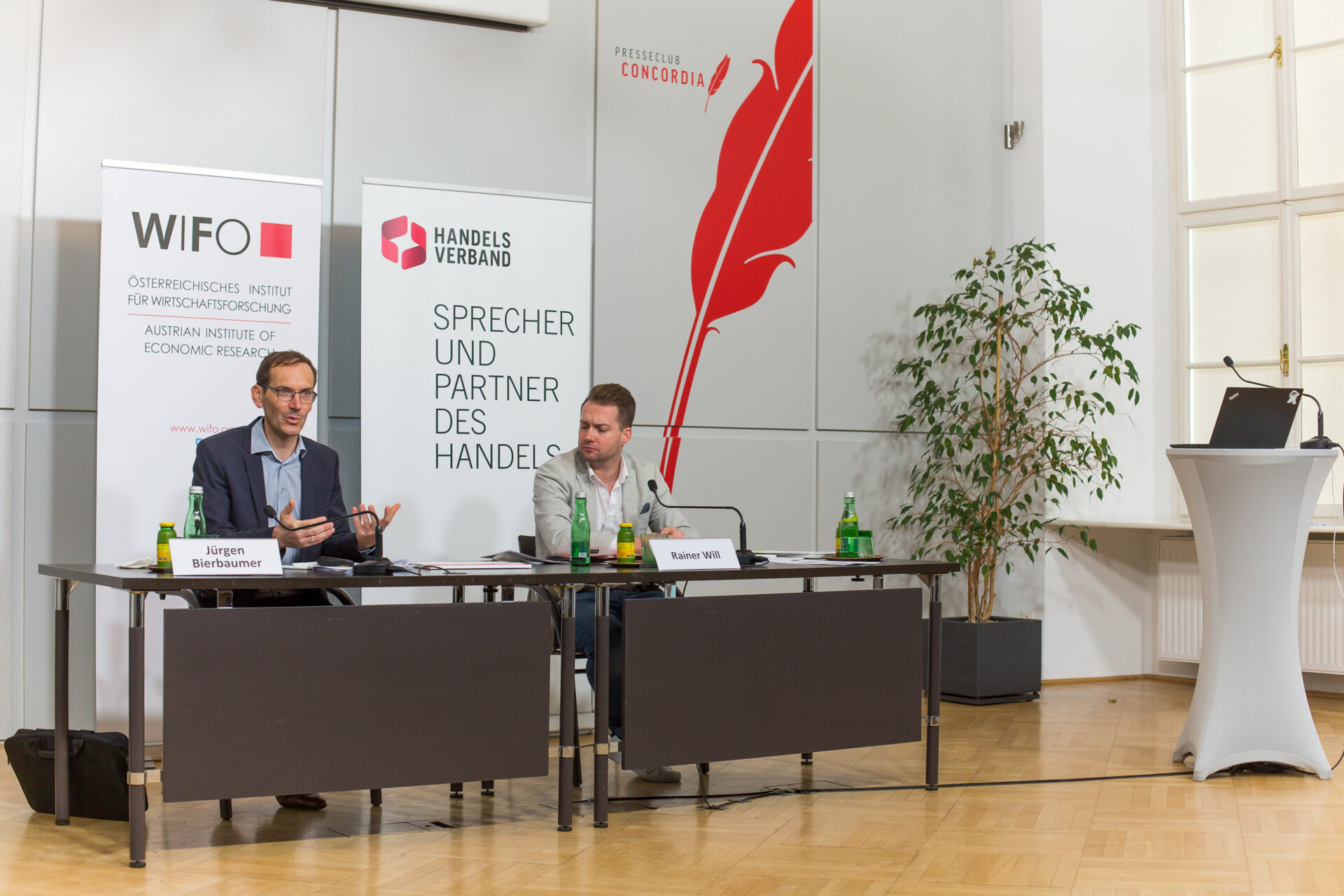
Significant Retail Sector Differences Shape Christmas Sales in 2021
Christmas business is also known as the "fifth quarter" in the retail sector; for many retailers, it determines whether the business year ends successfully or not. Since the COVID-19 pandemic with a multitude of closing days, this is truer than ever. This year, too, the Christmas business is facing major challenges due to the fourth lockdown, which took place nationwide from 22 November to 12 December and is followed by further regional differentiations (e.g. Upper Austria does not open until 17 December). The opening of a Sunday (19 December) in the Advent season, which is voluntary, can bring additional sales to the stationary retail trade, although it is to be expected that the sales here will be behind those of normal shopping Saturdays.
The forecast for Christmas business in 2021 anticipates a year-on-year increase in Christmas-related sales. Despite the renewed lockdown, Christmas business is therefore also likely to benefit from the underlying momentum in the sales trend to date (retail trade, except of motor vehicles and motorcycles and fuel: January to September +4.4 percent in nominal terms and +3.3 percent in real terms) and the increased willingness of private households to spend: price-adjusted additional sales rise by +100 million € compared with 2020 to 1.2 billion € and are thus about 240 million € above the pre-crisis level in 2019. However, it should be noted that the development within the sectors differs significantly and that there is a pandemic-related shift in additional sales to the food retail sector. As in 2020, additional sales in the food retail sector are around 600 million €, almost double the pre-crisis level. The food retail sector, which is not affected by closures to meet basic needs, shows an above-average increase in sales. This is also boosted by the loss of consumption opportunities in the food service and accommodation sectors due to the lockdowns and restrictions, which cause a shift in spending (or sales) to food retailing for consumption at home.
The situation is different in the non-food retail sector. Although an increase compared with 2020 is also assumed here (+80 million €), the price-adjusted additional sales here are still around 50 million € lower than the additional sales calculated for 2019. Despite the lockdown, the improvement compared with 2020 can be attributed to a change in both supply (e.g., click & collect) and demand (e.g., consumers adjust their consumption responses or income losses are lower due to an improved labour market situation). The amount of additional sales of the pre-crisis level of 2019, which has not yet been reached, is attributed to closing days due to the COVID-19 pandemic, which also cannot be compensated by, for example, online sales of domestic stores or click & collect. The assessment assumes that those retail sectors with the traditionally highest excess sales in December (such as toys, watches and jewellery, books, or consumer electronics) or those with a greater sector impact (such as apparel and footwear) will also feel the impact of the COVID-19 pandemic more strongly in the 2021 Christmas season.
Classic Christmas business is defined as additional sales in December that exceed the average sales for the months of January to November. Due to the pandemic, there are currently additional factors (e.g., strong fluctuations in sales during the year due to retail closures) that makes it difficult to precisely define these additional sales. Consequently, the development from January to November in 2019 (pre-crisis level) was used as the reference period.
For more information on the press conference, please click here.
